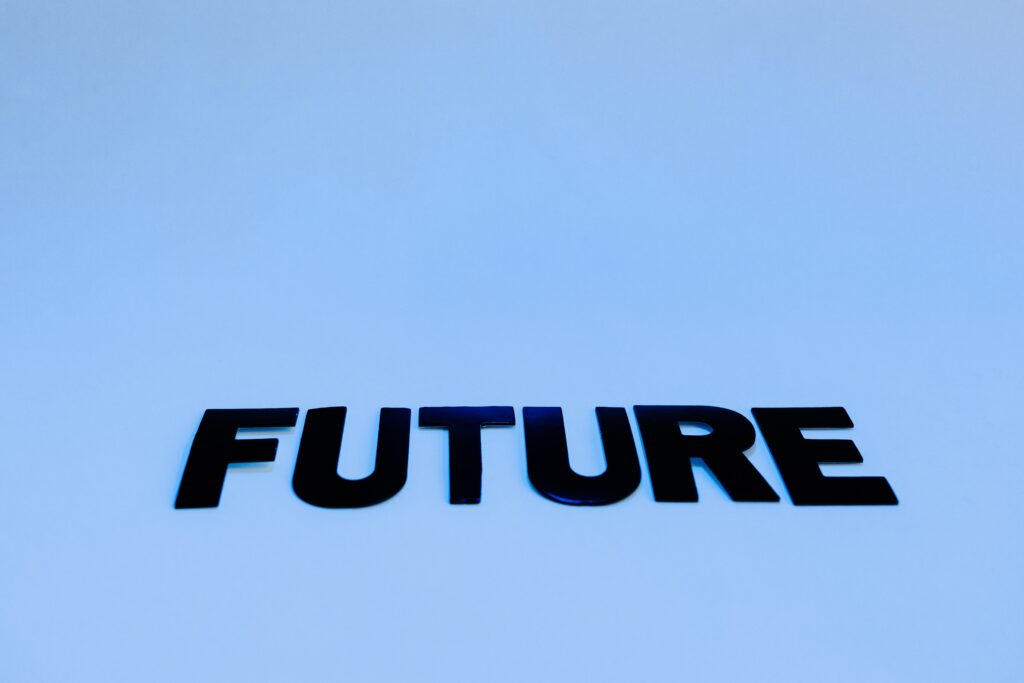Web 3.0: The Future Internet
The term Web 3.0 is being coined frequently in today’s technological and digital world.
The technological advancements are happening at a rapid pace and failing to comply with which means getting left behind and letting the benefits and convenience offered by these advancements go in vain.
It is clearly an evident fact that change is the only constant and working with an aspiration to constantly adapt to these changes to gain an early mover advantage has been a rewarding process in the longer run.
I believe constantly complying with the recent technological trends not only widens one’s learning space but also helps one to do away with the laborious activities and move towards an automated zone.
In the today’s world of “Internet of things” the majority of the business activities stands automated and a more customized product or service mix offerings is now possible which in turn helps businesses to save costs and time. The human psychology of buying behavior or patterns can now be well understood with the help of Artificial Intelligence.
The modern day Big data analysis serves as the basis for many important business or product related decision based on the analysis of the gathered data over the relevant aspect.
What is Web 3.0

Web 3.0 is the future of today’s internet where the internet services are anticipated to run on a decentralized public blockchain technology i.e. a technology that is presently being used for cryptocurrency trading.
Web 3.0 is the third version of the internet where the users will have the complete control over their personal data. As we all know that the blockchain technology is intensively a secure technology where the transmission of the data takes place in an encrypted form or blocks thus the breach of data is almost not possible.
In the Web 3.0 space it is anticipated that the users will be able to access their social media, shopping or email accounts using a single personalized account and this will also create a public record on the block chain for all the activities.
As the most essential feature of the blockchain technology the data in the Web 3.0 space will be stored in a decentralized way and will be interconnected in relation to the present prevalent system where the data is centrally stored.
It is also believed that many big social media companies will no longer will be able to store one’s data in its central repository once the internet is driven by the blockchain technology as it is the case with many heavily used social media companies that store its users data and have the discretion to use it as per its policies. Thus the breach of the personal data of the users will no longer be possible by these social media giants.

Few essential features of Web 3.0:
Web 3.0 is the 3rd generation evolution of internet that entails specific practices and innovations. It can be very well defined by the understated eminent features:
1. Semantic Web – It refers to the ability to generate, connect, and share the content or information through search & analysis based on understanding the meaning of the words not by just numbers or keywords match.
2. Artificial Intelligence – It is concerned with giving computers the ability to understand text and spoken words in much the same way as the human beings can.
3. 3D Graphics – The extended three-dimensional ability of designing.
4. Connectivity – The information is more connected- using semantic meta-data or data.
5. Ubiquity – It refers to accessibility of the content by multiple applications anytime anywhere.
Practical example of Web 3.0– The most practical example of the concept of web 3.0 is Non-Fungible Tokens.
Also read: What are NFTs and how do they work?
Evolution of the Web Technology:
World Wide Web is the primary tool used by billions of people to share, read, and write information to interact with other people via internet. World Wide Web made much progress since its advent
Web 1.0 [1990 – 2000]: Web 1.0 is the first generation of the World Wide Web and is also known as the Syntactic web or Read only web. Web 1.0 was majorly limited to searching the information over internet and reading the content that was already published. There was no scope for user interaction with the content creators. There were very few content creators and huge majority of content consumers.
In Web 1.0 there were only personal websites and static websites hosted on ISP run web servers or on free web hosting services. The advertisements on websites while surfing on the internet were banned.
Web 2.0 [from mid-2000s]: The Web 2.0 is the second generation internet that contains dynamic content and is responsive to the user’s input.
It is the prevalent internet era, this phase is characterized by enhanced user experience and highly interactive content. It is known as participative Social Web or read-write web. It enables the users to participate in the content creation on social networking sites, blogs, sharing sites etc.
Some famous web 2.0 applications are Facebook, Youtube, Flickr, Twitter etc.
The popular Search engines and the social media platforms are driven by user-generated content and many meaningful interpretations are drawn out of such gathered data by many big companies to run their businesses and market their products or services.
All the present date social media sites, Applications, search engines etc are a classic example of Web 2.0.
– Web 3.0 [Coming up next]: Web 3.0 is the next generation to Web 2.0 where internet will be more intelligent running on the block chain technology characterized by highly secured information system and with internet’s supreme capability to understand text and spoken words in much the same way as the human beings can.
Need for Web 3.0
– Privacy: Web 3.0 is most importantly needed to secure the data that is being generated online. A huge amount of data is being generated when users are surfing on the net for a relevant product or service online or while interacting over the social media by uploading one’s videos and pictures.
All this data is stored in the servers of the companies that the people interact with. This means that these companies have an access to the user’s data and can utilize it for their profit making purposes.
Thus the more time a user spends online while creating a content over a particular website or while searching for a product or a service online the more it enables the concerned website to collect more data and improve its AI algorithm and its advertising engine, that is a key revenue model for the company.
I am sure that you might agree that accessibility of such kind to these companies can often lead to breach of one’s privacy. However in Web 3.0 that will work on the block chain technology such accessibility of data is not available with the website one which a user is present hence it will provide a robust security system to one’s privacy aspect.
-Ownership of data: At present the data is stored centrally by the companies on which a user carries out its activities and this data is usually stored on the cloud space hence the centrally stored data can be used by these companies for their own business purposes. However in Web 3.0 the data of the user is decentralized and stored across the connected network and no single entity will own the data.
-Check on plagiarism: In the today’s world plagiarism is a very common phenomena where the original work is copied by many other parties and it becomes really difficult to ascertain that who the original creator of such content is. However in Web 3.0 the underlying technology i.e. block chain enables one to trace the real originator of the content easily thus putting a check on plagiarism.
Therefore, Web 3.0 will ensure provision of increased security to the user’s data that is somewhere being compromised in the present era of Web 2.0, further the underlying technology over which this model will function i.e. block chain has already revolutionized the cryptocurrency and the NFT space.
Also Read: Bitcoins the rewarding future investment
Source of Information: Google, blog.forumias, GeeksforGeeks and some personal research.
Take your business online and grow exponentially across all the regions with Hostinger hosting service.
Unmatched service with complete secure website plans at very special offer prices.
Click here for amazing offers and take your blog/website online, let the sky be the limit.







